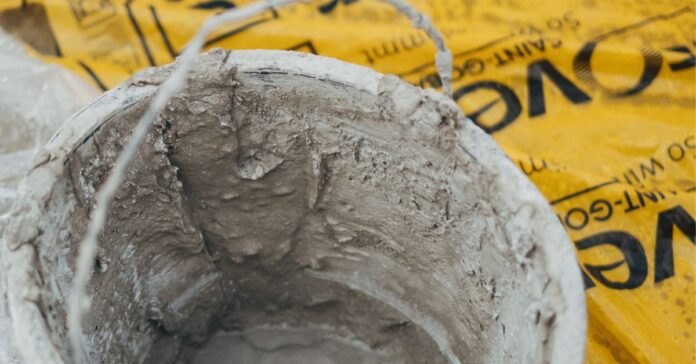This Hourglass article reveals the shocking carbon footprint of concrete. Real state is always forgotten when we talk about climate change villains, but not today.
How much CO2 is produced per kg of cement?
Considering the information published in this International Conference on Energy and Sustainable Environment article, the amount of CO2 procuded for every 1kg of cement is 0.9kg.
Do you have any idea of what this actually means? It’s almost an 1×1 relationship. Up to this moment, only 10% of all cement produced is not equal to carbon dioxide in the atmosphere.
While we endlessly argue about solar energy and electric cars, 10% of the American homes are made of concrete, and the number tends to grow.
How much carbon is concrete responsible for?
Concrete is responsible for between 4-8% of the total global carbon footprint. This CO2 emissions might seem small compared to gasoline and coal, but is definetely good news.
In the United States most residences are wood-frame constructions. What justifies this choice is the temperature dynamic of woods.
As there’s this enormous range of temperature between winter and summer, the wood constructions help to keep homes warmer in winter and colder in summer.
Also there’s the nature events issue, like earthquates or hurricanes.
In countries like Brazil, for example, that has a incomparable more stable weather and has no idea what is to go through an earthquake/hurricane, 99% of the constructions are brick houses.
Concrete is a climate change issue
Concrete is a mix of cement, sand, gravel, water and some other additions depending on the region and technique used.
You might not know, but this is the most consumed substante on planet Earth – loosing only for water.
Anually, 10 billion tons of concrete are produced world wildely.
Even though is not common to have brick houses in the US, 70% of the world’s residences are built using a concrete structure, because of its price, durability and strenght.
Is concrete the largest producer of CO2?
No, concrete is not the largest producer of CO2. The major impact in carbon emissions is in energy (73%), more specificly in energy use in industries (24.2% globally).
Just to make it clear, according to the research of Our World in Data, this is the greenhouse gas emissions by sector:
- Energy: 73.2%
- Agriculture, Forestry and Land use: 18.4%
- Direct Industrial processes: 5.2%
- Waste: 3.2%
Concrete block carbon footprint
Considering that nobody uses only 1 brick, we decided to make this metric more useful for you. The carbon footprint of a 1m³ of concrete is around 410 kg.
It depends on a lot of variables, of course. Is it clay? Is it reinforced concrete? It depends on each case.
As you can see, concrete is not very environmentally friendly.
Why does concrete produces CO2?
The CO2 emissions prouced by cement are caused by two main sources:
- combustion (40% of carbon footprint)
- Calcination (60% of carbon footprint).
The first cause is related to fuel use transform the raw material into cement.
The rest of the CO2 emissiones are a residual part liberated in the heating process – that reachs more over 2500°F – from the minerals decomposition.
Eco-friendly concrete: reducing CO2 emissions
We can make a difference. Eco-friendly concrete is a new option for real state businesses.
This new kind of concrete uses alternative materials that reduce the carbon footprint of concrete.
One way to make it by using fly ash, which is a byproduct of coal-fired power plants.
It’s possible to produce concrete treating industry waste too, solving 2 problems at the same time.
Slag is this component that can help, it is byporudct of steel production, but not only this one: crushed glass is another alternative.
The carbon emission reduction by using slag in concrete mix is around 40%, which is not the perfect scneario, but certainly can lead us towards a more green construction model.
Use of concrete in the United States
Concrete is widely used in the United States in various construction projects, including building foundations, roads, bridges, and dams.
According to the Portland Cement Association, concrete is the most widely used building material in the U.S., with over 90% of all buildings using it in some form.
The information that comes directly from the World Business Council for Sustainable Development, shows that cement production is growing on a large scale. In the 70s, the production of this substance was about 1 billion tons per year (global scale). In 2020, this number jumps to 4.5 billion.
This number is also explained because of the world population growth in the last decades, which was more significant than any other period in human history. Thanks to knowledge about food growing, health and sanitary conditions, humanity just reached a 8 billion population in 2022.
One of the major countries in concrete usage is China, following the pattern that developing countries have a preference for this material (concrete’s price is super relevant to this outcome).
Countries that use more concrete
As you saw, the US is a great consumer of concrete, but China, India and Brazil that passed through an intense process of urbanization in the last 50 years, had their concrete demand increased.


